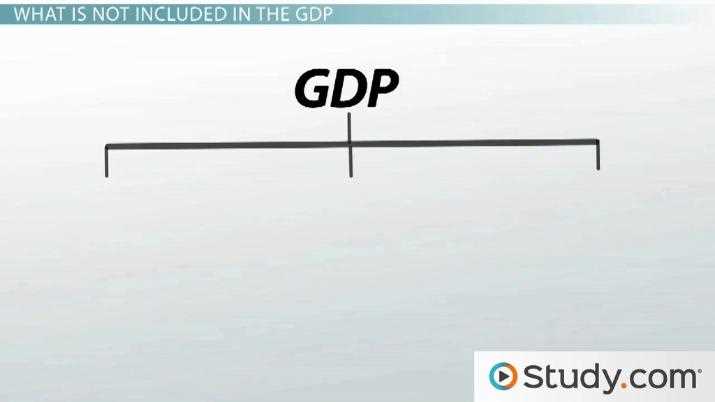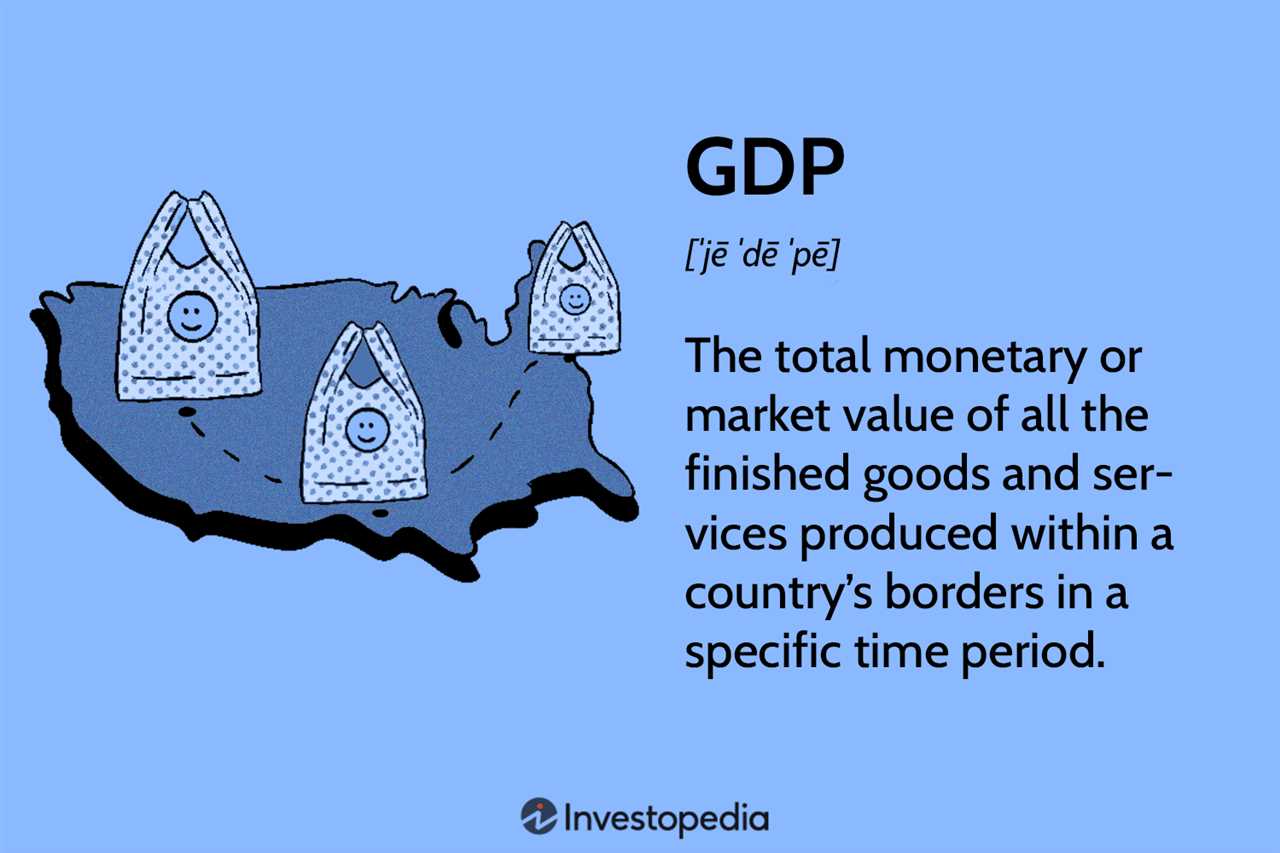Government Purchases: Definition, Examples, and Role in GDP

Government purchases refer to the expenditures made by the government on goods and services. These purchases are an important component of a country’s gross domestic product (GDP) and play a significant role in shaping the economy.
Government purchases can be divided into two main categories: goods and services. Goods include items such as military equipment, infrastructure projects, and office supplies. Services, on the other hand, encompass activities like healthcare, education, and public transportation.
Examples of government purchases can vary depending on the country and its priorities. In some nations, defense spending may be a significant portion of government purchases, while in others, investments in education and healthcare may take precedence.
The role of government purchases in GDP is crucial. These expenditures contribute to the overall demand in the economy, stimulating economic growth and creating job opportunities. When the government purchases goods and services, it creates a market for businesses, which in turn leads to increased production and employment.
Government purchases also have a multiplier effect on the economy. When the government spends money on goods and services, it generates income for individuals and businesses. This income, in turn, is spent on other goods and services, further boosting economic activity.
Furthermore, government purchases can influence the distribution of income and wealth in a society. By investing in sectors like education and healthcare, the government can promote social welfare and reduce inequality.
Definition of Government Purchases
Government purchases refer to the expenditures made by the government in order to acquire goods and services for public use. These purchases are an important component of a country’s gross domestic product (GDP) calculation and are typically funded through tax revenue or borrowing.
Government purchases can include a wide range of items, such as infrastructure projects, defense equipment, educational services, healthcare services, and public transportation systems. These purchases are made with the intention of providing essential services and improving the overall well-being of the population.
It is important to note that government purchases do not include transfer payments, which are payments made by the government to individuals or businesses without receiving any goods or services in return. Examples of transfer payments include social security benefits, unemployment benefits, and welfare payments.
Government purchases play a crucial role in stimulating economic growth and development. By investing in infrastructure projects, the government can create jobs, boost productivity, and attract private investment. Additionally, government purchases in sectors such as healthcare and education can improve the quality of life for citizens and contribute to human capital development.
Government purchases also have a multiplier effect on the economy. When the government spends money on goods and services, it creates demand, which in turn stimulates production and employment. This increased economic activity can lead to higher incomes, increased consumer spending, and further economic growth.
Examples of Government Purchases
Government purchases refer to the goods and services that the government buys in order to provide public goods and services to its citizens. These purchases play a crucial role in stimulating economic growth and maintaining the overall functioning of the economy. Here are some examples of government purchases:
1. Defense and Security: One of the major areas where the government spends a significant amount is defense and security. This includes the purchase of military equipment, weapons, and ammunition to ensure the safety and security of the nation.
2. Infrastructure Development: Governments invest in the development of infrastructure such as roads, bridges, airports, and public transportation systems. These investments not only improve the quality of life for citizens but also create job opportunities and boost economic activity.
4. Research and Development: Governments often invest in research and development activities to promote innovation and technological advancements. This includes funding for scientific research, grants for startups, and support for industries that contribute to technological progress.
5. Social Welfare Programs: Governments provide financial assistance and support to individuals and families in need through various social welfare programs. This includes programs such as unemployment benefits, welfare payments, and food assistance programs.
6. Public Administration: Government purchases also include the expenses incurred in the functioning of public administration. This includes salaries of government employees, maintenance of government buildings, and other administrative costs.
Role of Government Purchases in GDP

Government purchases play a crucial role in determining a country’s Gross Domestic Product (GDP). GDP is a measure of the total value of all goods and services produced within a country’s borders in a given time period. It is used to gauge the overall economic health and growth of a nation.
Government purchases refer to the expenditure made by the government on goods and services. These purchases include a wide range of items, such as infrastructure development, defense equipment, public transportation, healthcare services, education, and more. The government spends money on these items to fulfill its responsibilities and provide essential services to its citizens.
Government purchases are an important component of GDP because they represent a significant portion of total spending in an economy. When the government spends money on goods and services, it creates demand in the market, which leads to increased production and employment. This, in turn, stimulates economic growth and contributes to the overall GDP.
Government purchases also have a multiplier effect on the economy. When the government buys goods and services, it creates income for the suppliers and workers involved in producing those goods and services. These suppliers and workers, in turn, spend their income on other goods and services, creating further demand and economic activity. This multiplier effect amplifies the initial impact of government purchases on GDP.
Additionally, government purchases can have a stabilizing effect on the economy. During times of economic downturn, the government can increase its spending on goods and services to stimulate demand and boost economic activity. This helps to counteract the negative effects of a recession and prevent a further decline in GDP.
However, it is important to note that government purchases should be made wisely and efficiently to ensure the maximum benefit for the economy. Careful planning, budgeting, and monitoring of government spending are essential to avoid wasteful expenditure and maintain fiscal responsibility.
| Advantages of Government Purchases in GDP | Disadvantages of Government Purchases in GDP |
|---|---|
| – Stimulates economic growth | – Possibility of inefficient spending |
| – Creates employment opportunities | – Potential for budget deficits |
| – Supports essential public services | – Risk of crowding out private investment |
| – Counters economic downturns | – Dependency on government spending |
Government Spending Categories
1. Defense: Defense spending includes all the expenses incurred by the government on the military, including salaries of personnel, weapons, equipment, and maintenance. This category is crucial for national security and defense preparedness.
2. Infrastructure: Infrastructure spending involves investments made by the government in developing and maintaining public infrastructure such as roads, bridges, airports, railways, and public utilities. These projects contribute to economic growth and improve the overall quality of life for citizens.
3. Education: Government spending on education includes funding for schools, colleges, universities, and other educational institutions. It covers expenses related to teachers’ salaries, infrastructure development, research, and scholarships. Investing in education is vital for the development of human capital and the future prosperity of a nation.
4. Healthcare: Healthcare spending comprises the funds allocated by the government for providing medical services, healthcare facilities, and public health programs. It includes expenses on hospitals, clinics, healthcare professionals, medicines, vaccinations, and disease prevention initiatives. Accessible and affordable healthcare is crucial for the well-being of the population.
5. Social Welfare: Social welfare spending involves the government’s efforts to provide financial assistance and support to vulnerable sections of society. It includes programs such as unemployment benefits, welfare payments, housing subsidies, and food assistance. These initiatives aim to reduce poverty, inequality, and promote social justice.
6. Research and Development: Government spending on research and development (R&D) is essential for technological advancement and innovation. It includes funding for scientific research, technological projects, and grants to universities and research institutions. R&D spending helps in driving economic growth, improving competitiveness, and fostering new discoveries.
7. Public Safety and Law Enforcement: This category includes the funds allocated for maintaining law and order, ensuring public safety, and providing justice. It covers expenses related to police forces, courts, prisons, and emergency services. Public safety spending is crucial for maintaining social order and protecting citizens.
8. Transportation: Transportation spending involves investments in developing and maintaining transportation infrastructure such as roads, highways, railways, airports, and public transportation systems. It includes expenses on construction, maintenance, and operation of transportation networks. Efficient transportation systems are vital for facilitating trade, commerce, and economic activities.
9. Environmental Protection: Government spending on environmental protection focuses on preserving and conserving natural resources, preventing pollution, and promoting sustainable development. It includes initiatives related to environmental regulation, conservation of biodiversity, renewable energy, and waste management. Environmental protection spending aims to ensure a clean and healthy environment for present and future generations.
10. Foreign Aid: Foreign aid spending involves providing financial assistance and support to other countries for various purposes such as humanitarian aid, development projects, and disaster relief. It includes grants, loans, and technical assistance provided by the government to promote global welfare and international cooperation.

Emily Bibb simplifies finance through bestselling books and articles, bridging complex concepts for everyday understanding. Engaging audiences via social media, she shares insights for financial success. Active in seminars and philanthropy, Bibb aims to create a more financially informed society, driven by her passion for empowering others.
